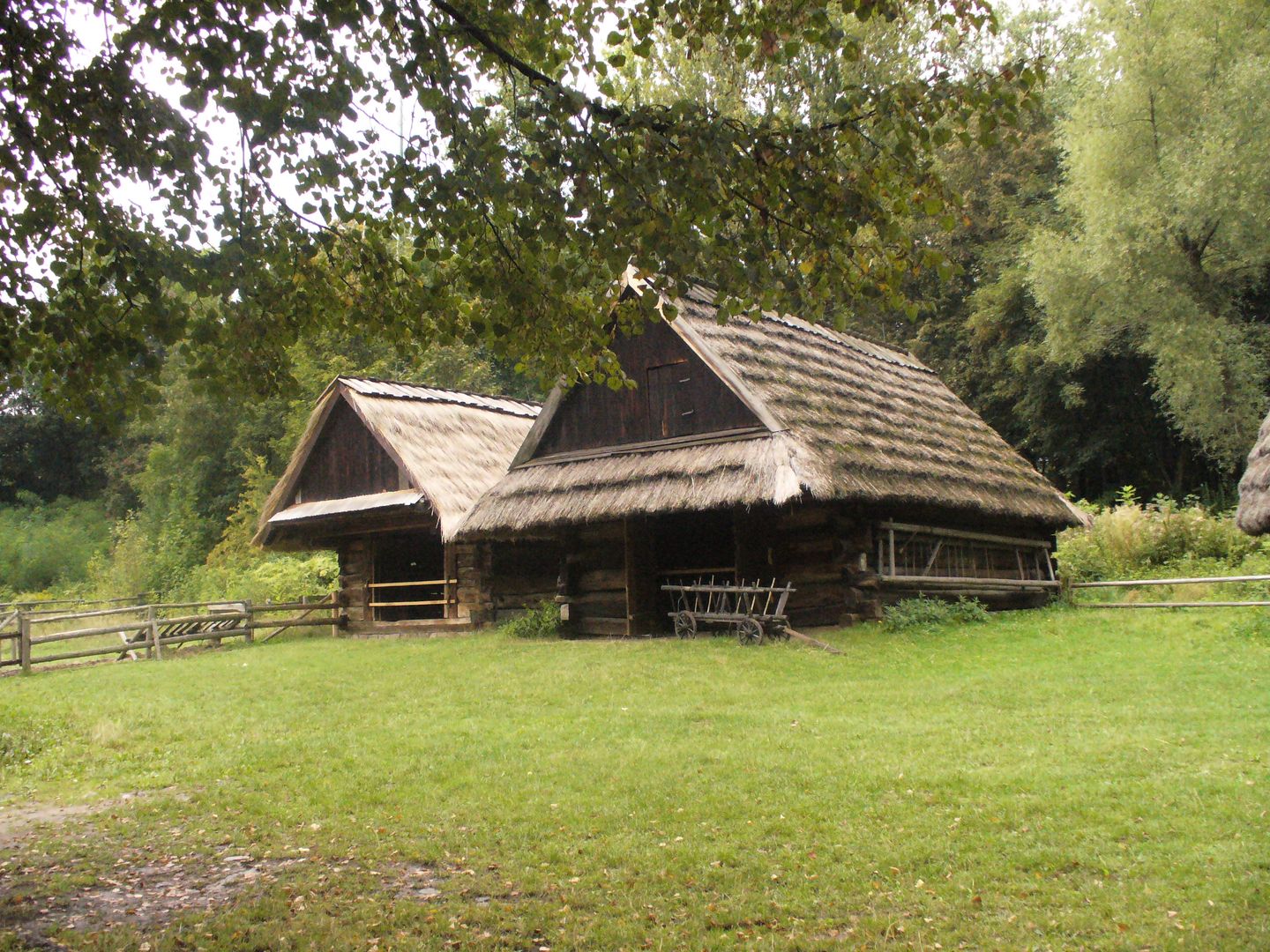Upper Silesian Ethnographic Park
6.68

Overview
The Upper Silesian Ethnographic Park in Chorzów is an open-air museum, established in 1975 within the Silesian Park. It covers an area of approximately 35.6 hectares and houses 78 historic wooden structures of rural and small-town architecture, originating from five subregions of Upper Silesia and the Zagłębie Dąbrowskie region. A unique feature of the museum is the 18th-century Church of St. Joseph the Worker from Nieboczowy, which serves as the centerpiece of the exhibition, alongside granaries and other buildings from the Silesian Beskids. Most of the collected structures date back to the mid-19th century, representing a significant element of the region's cultural heritage. The museum is part of the Wooden Architecture Trail in the Silesian Voivodeship, promoting the rich tradition of folk construction. Since 2013, the museum has been publishing a scientific journal, "Rocznik Muzeum Górnośląski Park Etnograficzny w Chorzowie." The history of the museum dates back to the 1930s, but the first concrete implementation plans were initiated in 1952 during the General Assembly of the Polish Ethnological Society. In 1963, the design for the open-air museum was developed and implemented in the following years, with its official opening taking place in May 1975. Since September 2022, the director of the museum has been Paulina Cius-Górska, who continues the mission of preserving and promoting local culture and traditions. The Upper Silesian Ethnographic Park is an important site not only for tourists but also for the local community, educating visitors about the history and traditions of the Upper Silesia region.
Location
2025 Wizytor | All Rights Reserved